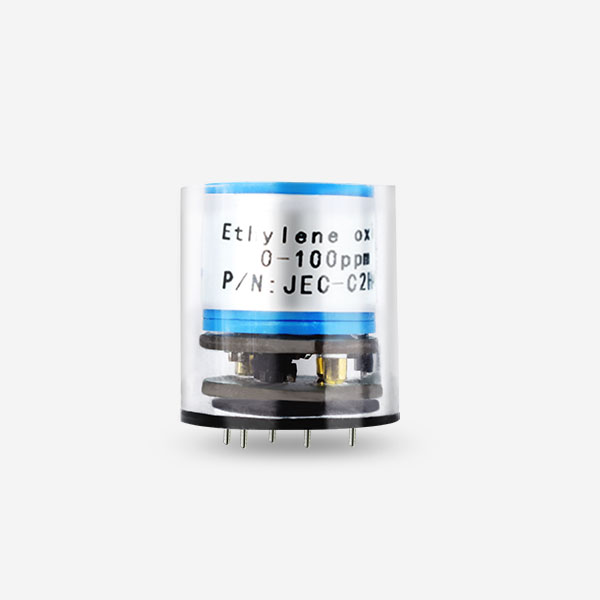The precise measurement of C2H4 is essential for ensuring the quality of fruits or the safety of electrical systems. When used as a ripening gas for example ethylene promotes ripening of certain types of fruits and simultaneously serves as an indicator for the declining effectiveness of transformer oils. But ethylene is one of the most important raw materials for the petrochemical industry and therefore the basis for numerous products that we use every day – from plastic bottles to textiles.
Introduce to C2H4 gas sensors

Wherever ethylene is to be found, the concentration of the gas plays an important role. The C2H4 gas sensors reliably detect the presence of ethylene in a measuring range from 0 to 2000 ppm. The sensors operate based on the principle of the non-dispersive infrared absorption of gases (NDIR technology). They therefore not only meet the most stringent requirements for precision and reliability, but are also designed for environmental compatibility and a long life.
The role of ethylene sensor
Ethylene as a decomposition gas in transformer oils
Ethylene is also very important in the chemical industry, where it is processed in intermediate stages to produce polyethylene, for example, which is used to manufacture plastic bottles. Via the intermediate product vinyl chloride it is also used in the production of PVC plastic for floors, for example.

Another product of ethylene is ethylene glycol: This alcohol serves as a starting material for polyester, which is used for the production of textile fibres. In these chemical processes for the manufacture of plastic or synthetic fibres, precise dosing of ethylene is also very important. The ethylene gas sensors are ideal for these processes, since they detect even minuscule ethylene concentrations of ≤ 20 ppm with a linearity error of ≤ ± 30 ppm and repeatability error of ≤ ± 20 ppm.
C2H4 detection in the petrochemical industry
Ethylene is a plant hormone: It is emitted for example by bananas and citrus fruits and makes them ripen faster. To keep fruit fresh as long as possible, it is harvested in unripe condition and cooled during transport from the country of origin to the target markets. This keeps the ethylene concentration low while preventing premature ripening of the fruit. Before fruit is distributed to the stores, it is gasified with ethylene (C2H4), which causes subsequent ripening.
Transformers are often protected against arc faults by means of so-called transformer oils. However, the protective capacity of the oil is continuously reduced by the effects of humidity and the occurrence of decomposition products over time. This means that transformer oils have to be checked for effectiveness at regular intervals. One decomposition gas that occurs in these oils is ethylene. A high ethylene concentration indicates an advanced decomposition process, which requires immediate action. The C2H4 sensors from smartGAS measure the concentration of the gas in order to determine whether the oil is still safe or has to be replaced.
Agricultural Environments:
Ethylene sensors are employed in greenhouses and controlled agricultural environments to regulate ethylene exposure and optimize plant growth, flowering, and fruit ripening. Monitoring ethylene levels can help ensure the proper development and quality of crops.
conclusion
In conclusion, Ethylene gas sensors play a critical role in detecting and monitoring ethylene levels in diverse settings, from food storage and agriculture to industrial safety applications. By leveraging advanced sensor technologies, these devices contribute to improved quality control, safety, and environmental sustainability in ethylene-related processes.
